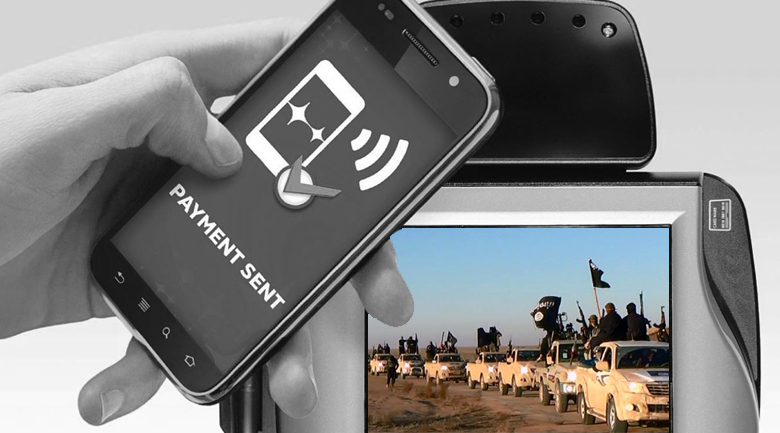The federal investigation into the Hawaii civil defense snafu earlier this month revealed that there were serious errors in how the training exercise was conducted between two shifts and in the ongoing performance concerns of the employee directly responsible for sending out the alert.
For 38 minutes, citizens and visitors in the Hawaiian Islands cowered in fear, alerted to take immediate shelter by messages that were received on cellphones and broadcast on TV stations across the state. While officials attempted to calm the populace by taking to Twitter immediately to quell the concerns, many people were not—understandably—taking to tweeting what may have been their last thoughts, and thus were not informed until a follow up message was broadcast to cellphones nearly 40 minutes later.
The Federal Communications Commission, which conducted the federal portion of the investigation into the incident, put partial blame on a lack of clarity about the drill between the Hawaii Emergency Management Agency supervisors of the evening and the morning shifts and a subsequent lack of supervision.
The night-shift supervisor wanted to test the preparedness of the morning-shift workers with an unannounced drill, according to the FCC report. While the day-shift supervisor was allegedly aware that the drill was to take place, he thought that it was to test the night-shift personnel, not the morning crew. As such, he was not prepared to oversee the drill.
The test, which followed normal protocols, involved the night-shift supervisor playing a prerecorded message to emergency personnel warning them that a threat was imminent. The recording, which was simulating real notification from the U.S. Pacific Command, did include the words “Exercise, exercise, exercise,” according to the FCC report, but it also stated “This is not a drill” – which is what workers would expect to hear in a real warning for an active missile alert.
Adding to the confusion was that the worker who was responsible for transmitting the alert as an active emergency heard the language that reflected that it was not a drill, but did not hear the “exercise” language in the tape playback. The employee, believing that it was an actual alert, rather than a drill, responded affirmatively to a prompt asking “Are you sure that you want to send this Alert?”, said the FCC. He was, according to both the FCC and the state investigation into the incident, the only employee to believe that it was an actual alert, and the only worker not to hear the “exercise” portion of the drill.
Adding to the confusion was the revelation by Hawaii state officials on Tuesday that the employee in question had a troubled work history stretching back over the past decade.
The state investigation revealed that the employee had been counseled and corrected for poor performance over the previous 10 years, including that, on at least two occasions, the employee also “confused real life events and drills.” While other members of the employee’s team were reportedly uncomfortable with him and his work for some time, this mistake proved to be the final action of his career with the Hawaii Emergency Management Agency, as he was terminated last week, pending appeal.
Vern T. Miyagi, administrator of the Hawaii Emergency Management Agency, resigned Tuesday morning as the investigation results were released and “has taken full responsibility” for the incident, according to Major General Joe Logan, the state adjutant general, who oversees the agency.
Roger is a Staff Writer at The American Genius and holds two Master's degrees, one in Education Leadership and another in Leadership Studies. In his spare time away from researching leadership retention and communication styles, he loves to watch baseball, especially the Red Sox!










































Pingback: Hawaii missile alert fallout: The importance of clarity in crisis communication - The Resilience Post